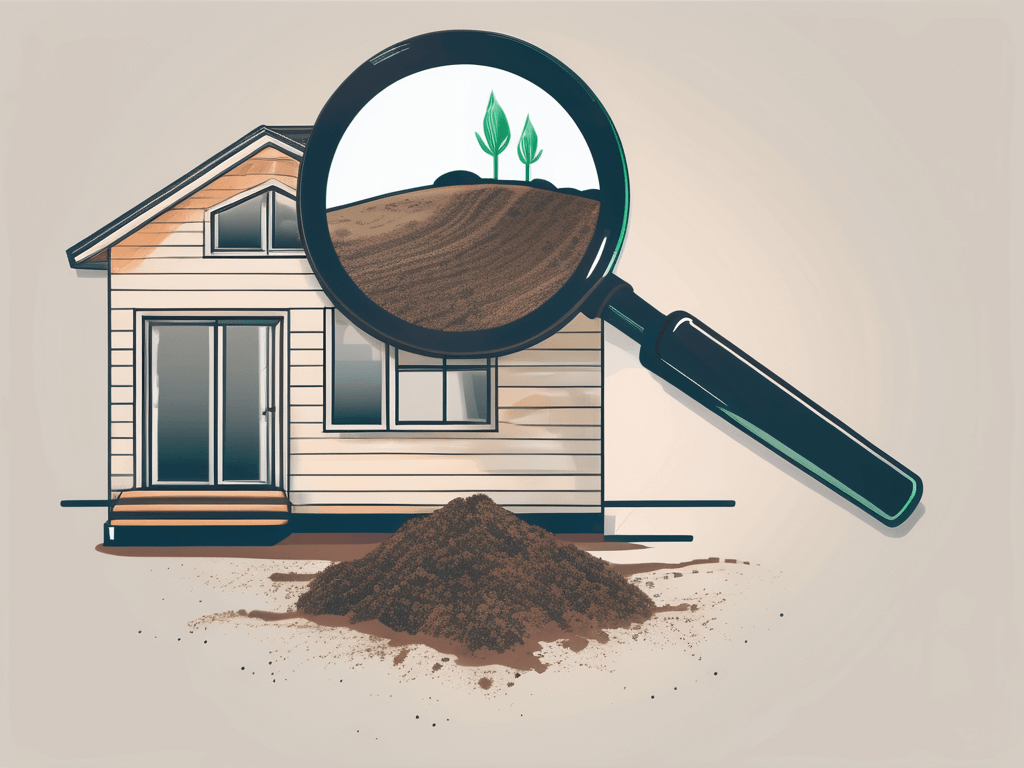Poly-Chlorinated Biphenyls (PCBs) are a bunch of man-made chemicals used a lot in the past for different industrial activities. But, many countries banned them because they hurt human health and the environment. Let’s dive into what PCBs are, why they’re important, and why they really matter in real estate deals.
What is Poly-Chlorinated Biphenyls (PCBs)?
Poly-Chlorinated Biphenyls, commonly known as PCBs, are a class of organic chemicals that were first introduced in the late 1920s. PCBs were highly regarded for their dielectric and heat transfer properties, making them ideal for use in items such as electrical equipment, hydraulic fluids, and even paint additives. However, their widespread usage came at a cost, as their toxic nature became increasingly evident.
PCBs are non-flammable, odorless, and possess high chemical stability, which made them appealing for industrial applications. However, these same properties also contribute to their persistence in the environment and their ability to bioaccumulate in living organisms.
One of the most concerning aspects of PCBs is their impact on human health. Studies have linked exposure to PCBs to a variety of health issues, including developmental delays in children, immune system suppression, and an increased risk of certain cancers. Due to these health concerns, the production of PCBs was banned in many countries in the late 1970s and early 1980s.
Despite the ban on production, PCBs continue to pose a threat to the environment and human health due to their long half-lives. PCBs can persist in the environment for extended periods, cycling through air, water, and soil. This persistence means that even decades after their production ceased, PCBs can still be found in the environment, posing a risk to ecosystems and human populations.
Understanding Poly-Chlorinated Biphenyls (PCBs)
PCBs are a group of 209 individual chemicals, known as congeners, that consist of two linked benzene rings. The physical characteristics and toxicity of each congener vary based on the number and positions of chlorine atoms attached to the ring structure.
These chemicals can be categorized into two major groups: dioxin-like PCBs and non-dioxin-like PCBs. Dioxin-like PCBs exhibit similar toxic characteristics to dioxins, while non-dioxin-like PCBs have different toxic effects. Both groups, however, have been linked to a variety of health issues in humans and wildlife.
One of the most concerning aspects of PCBs is their persistence in the environment. Due to their chemical structure, PCBs are resistant to degradation and can remain in the environment for extended periods of time. This persistence leads to bioaccumulation, where PCBs accumulate in the tissues of organisms over time, resulting in higher concentrations at each trophic level of the food chain.
Furthermore, PCBs have been found to have detrimental effects on reproductive systems in wildlife, leading to decreased reproductive success and population declines in various species. These chemicals can also impact the immune system, neurological development, and hormone regulation in both animals and humans, highlighting the widespread impact of PCB contamination on ecosystems and public health.
Why Is Poly-Chlorinated Biphenyls PCBs Important?
The importance of understanding and addressing PCBs lies in their potential to cause serious harm to human health and the environment. PCBs have been linked to various adverse health effects, including developmental and reproductive abnormalities, immune system dysfunction, and cancer.
Moreover, PCBs are highly persistent in the environment, meaning they do not readily break down and can remain in soil, water, and air for extended periods. This persistence increases the chances of exposure and contamination, posing risks to both humans and wildlife.
Furthermore, PCBs are known to bioaccumulate in the food chain, which means that small organisms absorb the PCBs, and then larger predators consume these organisms, leading to higher concentrations of PCBs in their bodies. This bioaccumulation magnifies the toxic effects of PCBs as they move up the food chain, ultimately impacting top predators such as birds of prey and marine mammals.
It is crucial to address PCB contamination not only due to its immediate health risks but also because PCBs can travel long distances through air and water currents. This means that even areas far removed from industrial sources of PCBs can still be affected by contamination, highlighting the widespread and long-lasting impact of these toxic chemicals.
Example of Poly-Chlorinated Biphenyls PCBs
One notable example of PCB contamination is the case of the Hudson River in New York. The river was heavily polluted with PCBs due to decades of industrial discharge. This contamination led to significant environmental damage, impacting fish and wildlife populations, as well as posing risks to human health through consumption of contaminated fish and water.
The Hudson River case serves as a clear example of how PCBs can have long-term consequences and highlights the importance of addressing and preventing their contamination in various settings, including real estate.
Poly-Chlorinated Biphenyls (PCBs) are a group of synthetic chemicals that were widely used in various industrial applications due to their non-flammability, chemical stability, and electrical insulating properties. However, their production and use have been banned in many countries since the 1970s due to their harmful effects on human health and the environment. Despite the ban, PCBs persist in the environment for a long time, leading to continued contamination issues in water bodies, soil, and even air.
PCBs are considered persistent organic pollutants (POPs) because of their ability to resist environmental degradation processes. This characteristic makes them bioaccumulate in the food chain, with organisms at higher trophic levels accumulating higher concentrations of PCBs through consumption of contaminated prey. This biomagnification phenomenon can result in significant health risks for predators at the top of the food chain, including humans.
Why Is Poly-Chlorinated Biphenyls PCBs Important in Real Estate?
When it comes to real estate transactions, PCB contamination can significantly impact property value and, more importantly, pose risks to human health. Buildings constructed before the ban on PCB usage may contain materials such as caulk, paint, or electrical equipment that could potentially release PCBs into the indoor environment.
Identifying and addressing PCB contamination is crucial in real estate to ensure the safety and well-being of occupants. Some regulatory authorities require assessments and testing for PCBs in certain situations, such as during property transactions or renovations. Therefore, real estate professionals, including agents and property developers, must be well-informed about PCBs and their potential implications.
Moreover, PCBs are known for their persistence in the environment, as they do not easily break down and can remain in soil and water for extended periods. This characteristic poses a long-term concern for properties that have been historically exposed to PCBs, as the contamination may persist even after remediation efforts.
Additionally, the presence of PCBs in a property can lead to legal complications and financial liabilities for property owners. In some cases, if PCB contamination is discovered after a property transaction, the responsible party for the cleanup costs can become a subject of dispute, potentially resulting in legal battles and financial burdens.
Conclusion
Poly-Chlorinated Biphenyls (PCBs) are a group of chemicals that were once widely used but are now recognized as hazardous to health and the environment. Understanding the nature and risks associated with PCBs is paramount, particularly in the real estate industry where contamination can have significant consequences. By being educated about PCBs, real estate professionals can play a vital role in preventing exposure and ensuring the safety of occupants in properties affected by PCB contamination.
In conclusion, the knowledge and consideration of PCBs in real estate transactions are essential for maintaining human health and protecting the environment. By recognizing the importance of properly addressing and disclosing PCB contamination, real estate professionals can contribute to a safer and more informed industry.



